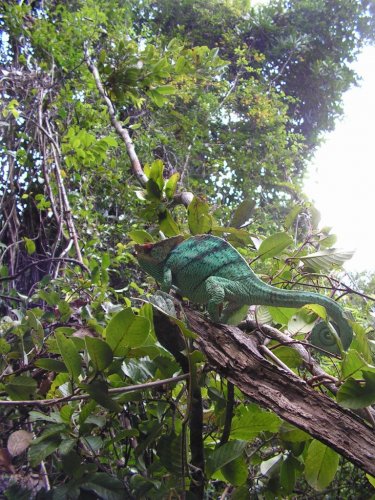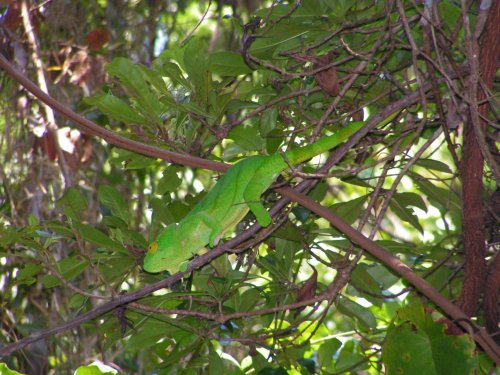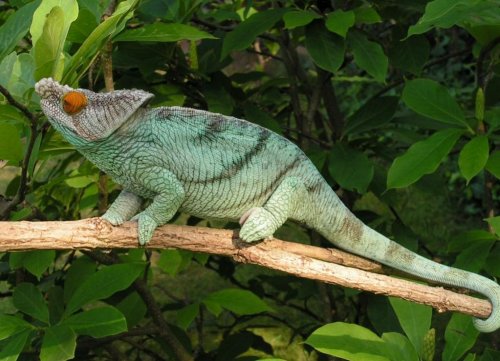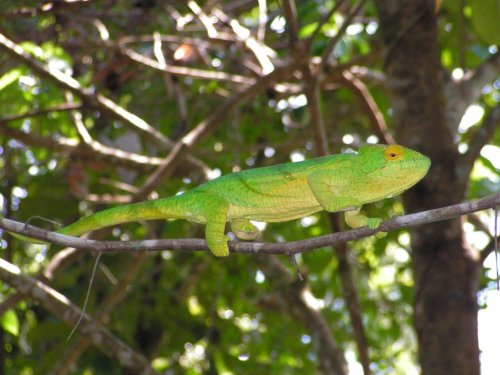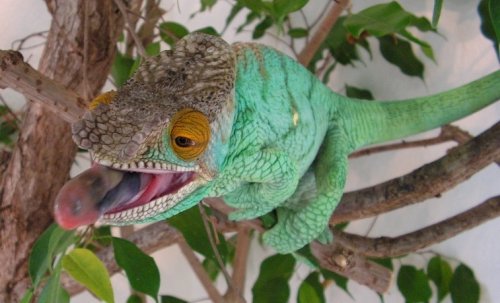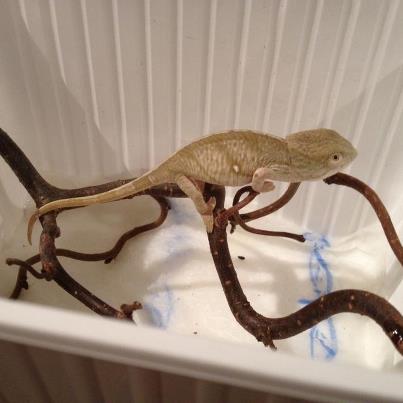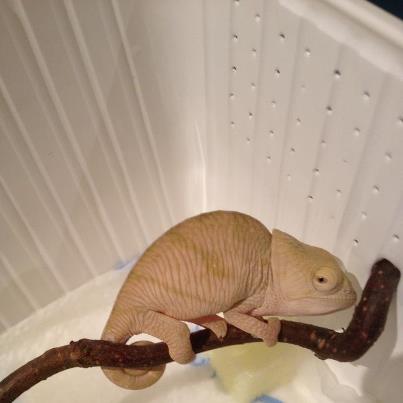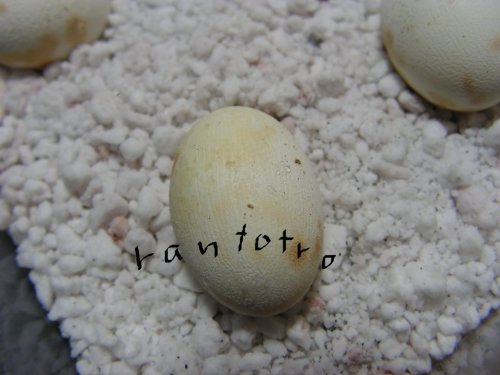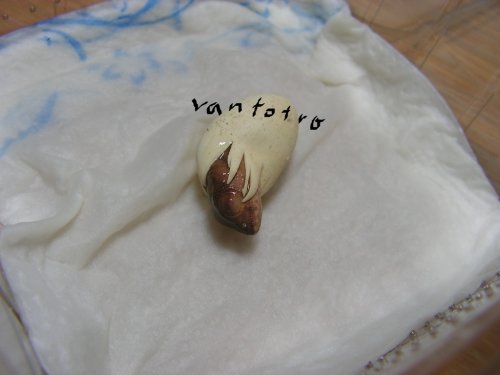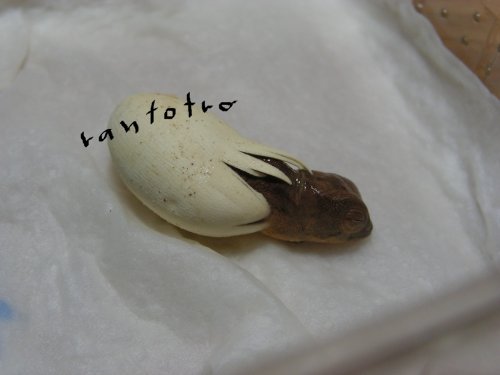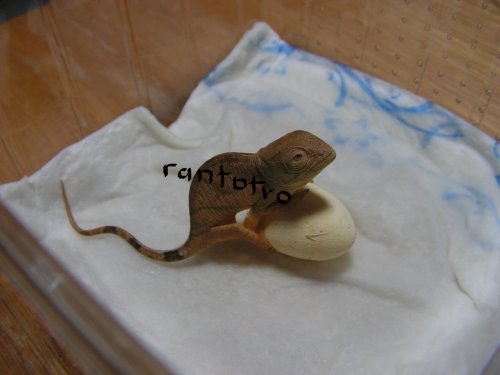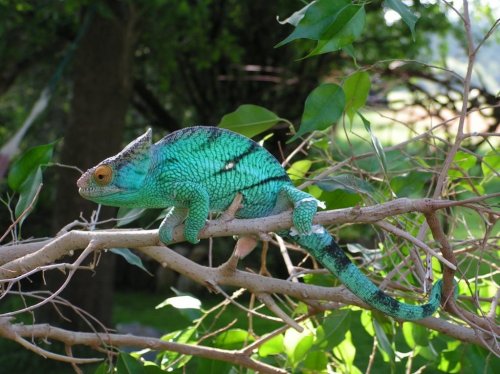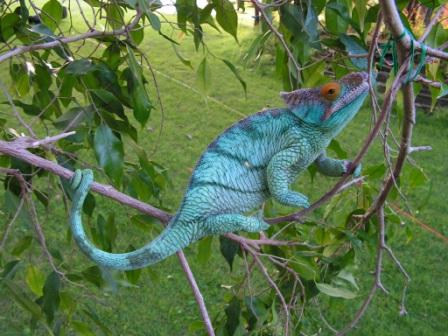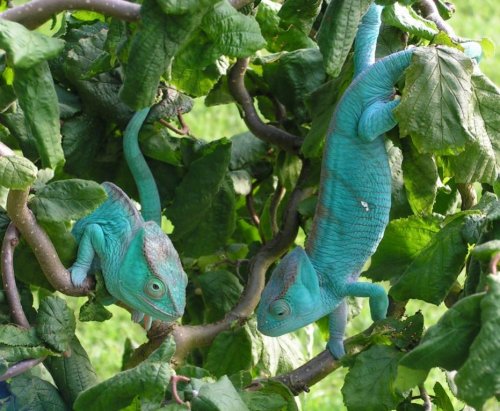Motherlode Chameleon
Chameleon Enthusiast
For those who want to keep Calumma parsonii behind glass.
There are some problems with this material. Chameleons don't know this "hard Air" like other lizards.
Like jumping lizards break their noses at glass, chameleons can break their tongue bones, when they try to shoot an insect outsides to near before the glass. When there is a fly at the wall they would shoot through this material. The tongue bone has a length of 10cm or more at adult C. parsonii.
What do you think will happens if it crashed directly against glass ?
Another problem is the high humidity behind glass.
Yes, this is good for less needing to drink of the animals. But it supports the growing of bacteria and funghu colonies. So we water them more by spraying and by manual dripping like rainfall in a less humidity area.
A third thing is the reflection in the glass. When chameleons see themselves in this reflection then there is another chameleon maybe a rival. So male sometimes climbing up and down to reach this rival. If you have an heavy C.parsonii and he is walking on dry hard branches the whole day then this is something what doesn't happen in the rainforest. There they can end this fight but not behind glass. But here he will ruin his feet in a not optimal environment.
So we gave up glass and turn to wood and mesh or free style enclosures also outside.
But outside you have to care more for the length and the weight of your Parsons like on the last photos.
I don't blame glass and I know people love to look through windows in another world maybe with a Parsons chameleon. But if you get a Parsons, this animal should be a part of your world because you have to care for it manually.
It's only my opinion and I hope I have answered the question in the PM.
Thanks for posting more information. That is a neat design I have considered a free range of that nature when introducing a female to a male for breeding in the greenhouse. I could not consider that as an outdoor arrangement since here in the foothill birds of prey are everywhere.
Last edited:






